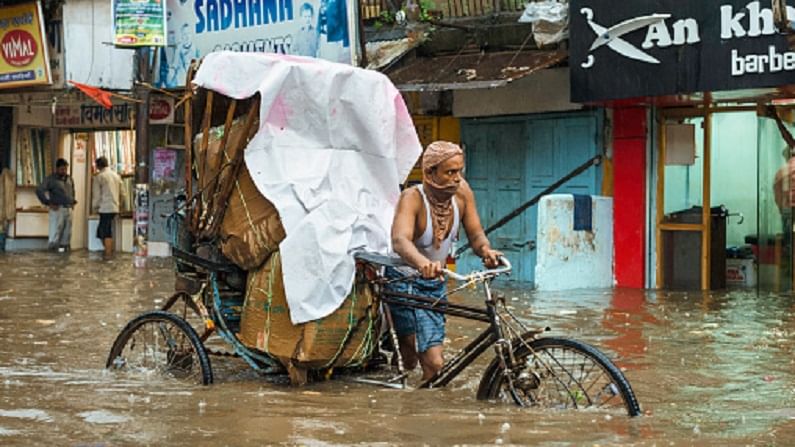India second worst-hit by natural disasters in 2020: Report
India lost $87 billion, says the World Meteorological Organization; China worst hit at $238 billion.

India was the second worst-hit by natural disasters such as cyclones, floods and droughts that inflicted a cost of $87 billion on the country in 2020, the World Meteorological Organization (WMO), The United Nations’ weather agency report, citing estimates from the United Nations Economic and Social Commission for Asia and the Pacific, said in its State of the Climate in Asia report that India was the second most affected nation by the impact of global warming on lives and property after China, which lost $238 billion. Japan’s losses were $85 billion, which was little less than the US.
Droughts inflicted the most damage, according to the report, which also noted that 2020 was Asia’s warmest year on record, with a mean temperature 1.39 degrees Celsius higher than the 1981-2010 average.
The research was released just days before the global meeting in Glasgow later this week, and it underscored the severity of the global climate issue.
Weather crisis
Several locations experienced extreme heat, with Verkhoyansk, Russia, marking the highest known temperature within the Arctic Circle, at 38 degrees Celsius.
The summer monsoons in East and South Asia were particularly vigorous, the report quoted the research as saying.
Cyclones, floods, and landslides struck often, killing people and displacing people across countries.
The Sundarbans, the world’s largest mangrove forest bordering India and Bangladesh, were ravaged by Cyclone Amphan in May 2020, displacing 2.4 million and 2.5 million people, respectively, according to the research.
The Indian Ocean, like the Pacific and the Arctic, is quickly rising, with record surface temperatures. Sea surface temperatures across Asia, particularly in the Arabian Sea, were rising three times faster than the global average. Severe storms are more likely when sea surfaces are warmer.
Global progress on food security and nutrition has also slowed, according to the report. Last year, there were 48.8 million undernourished persons in Southeast Asia, 305.7 million in South Asia, and 42.3 million in West Asia. It went on to say, “The full implications of covid-19 on food security and nutrition have yet to be demonstrated.

